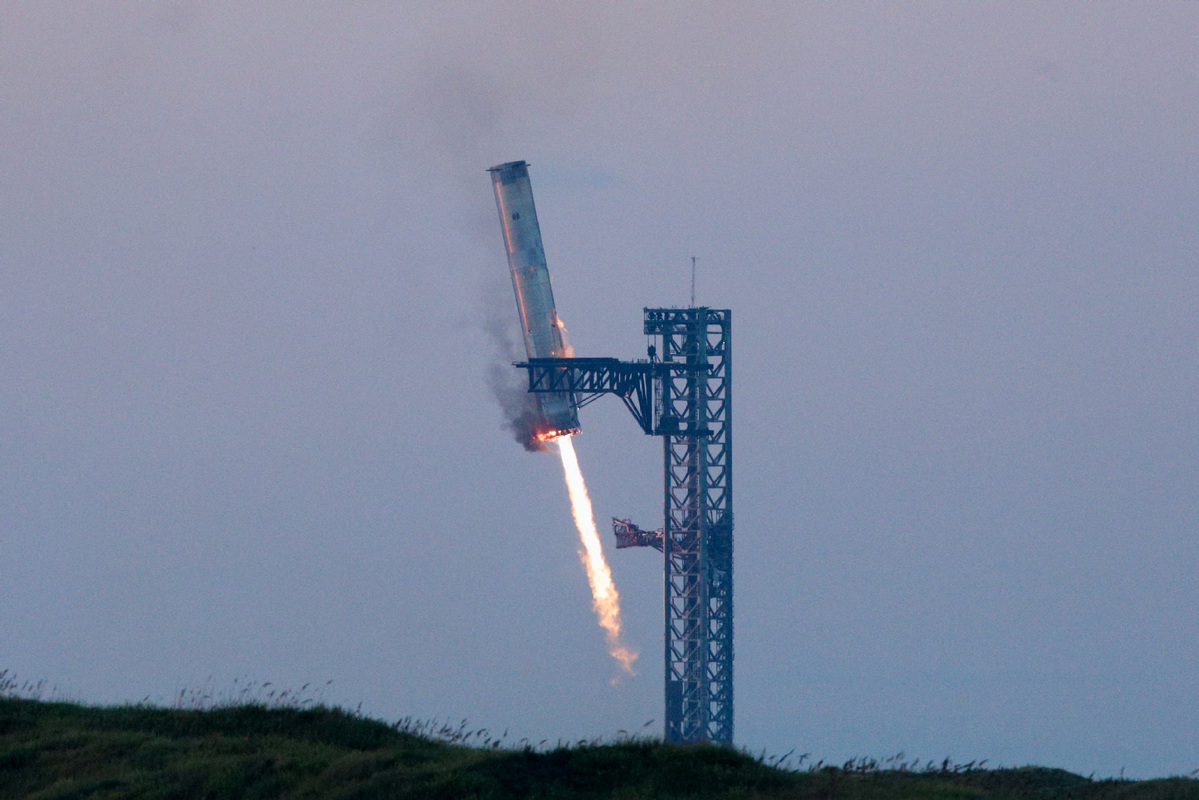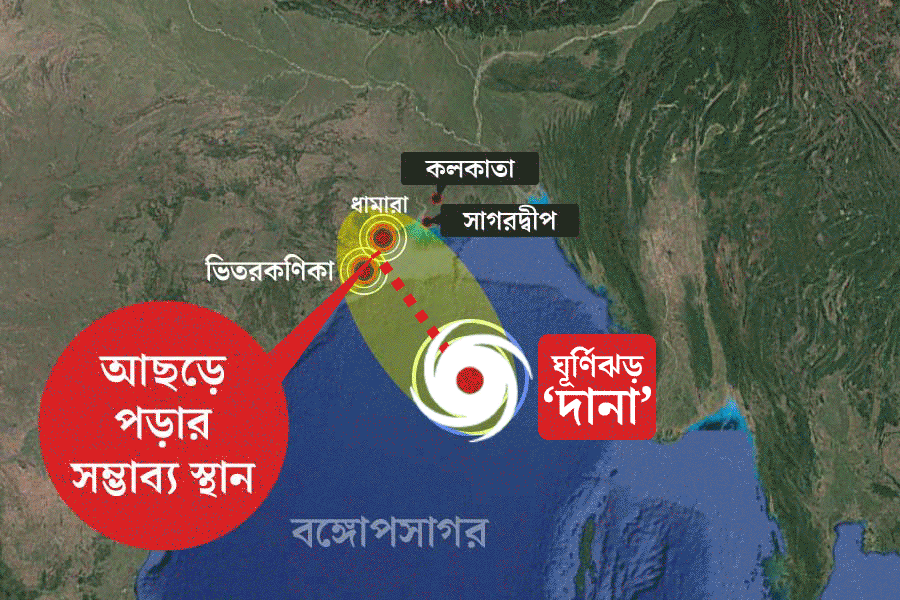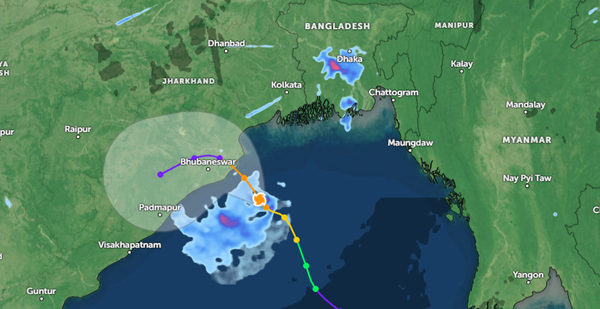
China’s National Offshore Oil Corporation (CNOOC) announced on Monday the discovery of a crucial oilfield in the eastern South China Sea, with confirmed reserves exceeding 100 million tonnes.
According to Beijing’s Xinhua news agency, the Huizhou 19-6 oilfield is located approximately 170 kilometers (100 miles) off the coast of Shenzhen in Guangdong Province.
Test drilling at the site has yielded a daily output of 413 barrels of crude oil and 68,000 cubic meters of natural gas, CNOOC reported.
Zhou Xinhuai, CEO of the state-owned oil giant, hailed the achievement as part of "successive breakthroughs in oil and gas exploration in the eastern waters of the South China Sea."
He highlighted that CNOOC has discovered oilfields of over 100 million tonnes for two consecutive years, marking a key milestone in the sustained growth of offshore oil and gas production.
The US Energy Information Administration has stated that while the South China Sea remains largely underexplored due to territorial disputes, most discovered oil and gas reserves are situated in uncontested regions.
China claims sovereignty over nearly the entire South China Sea, a stance that is disputed by the Philippines, Malaysia, Vietnam, Indonesia, and Brunei.
CNOOC’s Chief Geologist, Xu Changgui, described the discovery as a “major breakthrough", highlighting that it represents the largest clastic whole oilfield in the northern South China Sea in terms of geological reserves and challenges conventional geological theories.
China remains the world’s largest crude oil importer, with US government data indicating that it imported 11.1 million barrels per day last year.







































